Residential Painting Estimator
Painting your home isn’t just about aesthetics; it’s about preserving and enhancing your property. However, accurately budgeting for a painting project involves careful consideration of various factors, which can be efficiently managed with the expertise of a residential painting estimator.
Here’s an in-depth exploration of why and how you should leverage their services.

Why Use a Residential Painting Estimator?
Estimating the cost of a painting project involves a nuanced evaluation of several key elements that significantly influence the overall outcome and cost effectiveness:
Surface Area
The size and layout of your home significantly impact the amount of paint and labor required. Larger homes or those with intricate architectural features may require more materials and specialized techniques, affecting overall costs. A residential painting estimator precisely calculates the surface area to be painted, taking into account walls, ceilings, trim, and other details.
Type of Paint
Choosing the right paint type is crucial for both aesthetic and functional reasons. High-quality paints offer better coverage, durability, and resistance to fading and weathering, which can extend the time between repaints and ultimately save money over the long term. Estimators assess factors such as paint durability, sheen preferences, and eco-friendly options based on your needs and budget.
Surface Preparation
Properly preparing surfaces is essential for a durable and professional finish. This may include thorough cleaning, repairing cracks and holes, sanding surfaces, and applying primers. Estimators evaluate the current condition of surfaces and recommend necessary preparations to ensure the paint adheres properly and achieves lasting results, reducing the likelihood of premature peeling or cracking.
Labor Costs
Professional painters charge based on factors such as the complexity of the job, the height and accessibility of surfaces, and the need for specialized equipment or techniques. Estimators account for these variables to provide accurate labor cost projections, ensuring that skilled painters are allocated sufficient time and resources to achieve a high-quality finish efficiently and safely.
Additional Materials
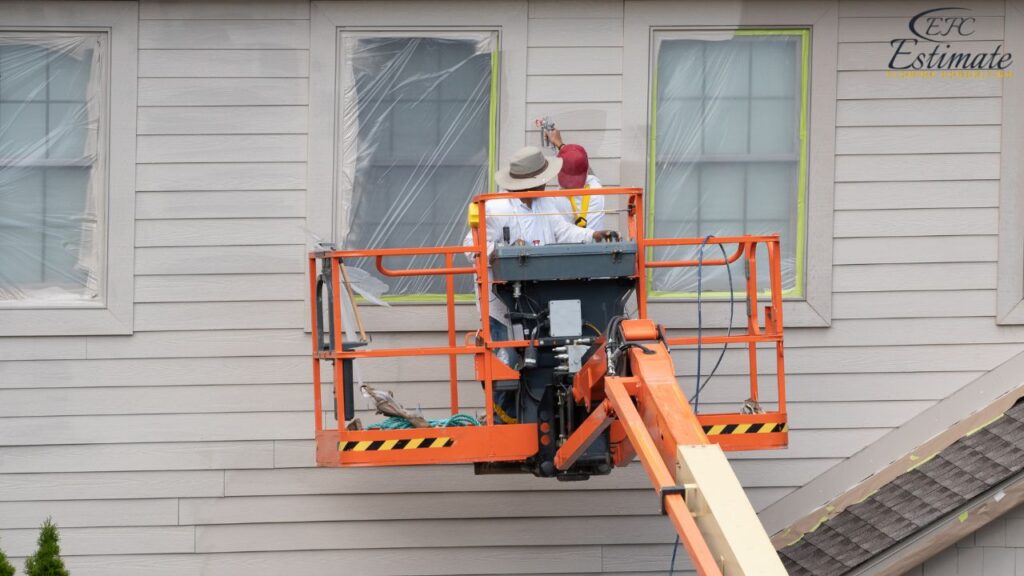
Beyond paint, other materials such as primers, sealants, and protective coverings are necessary to ensure a smooth and professional painting process. Estimators include these materials in their cost assessments, considering factors like the number of coats required, surface textures, and environmental conditions that may affect application and drying times.
Benefits of Using a Professional Residential Painting Estimator Accurate Cost Projections
A residential painting estimator provides detailed estimates based on thorough assessments of your home’s specific needs. This helps you plan your budget effectively and avoid unexpected expenses during the project. Detailed cost breakdowns include labor, materials, preparation work, and contingencies, offering transparency and peace of mind.
Expertise and Experience
Estimators bring extensive knowledge of paint products, finishes, and application techniques. They stay updated on industry trends and can recommend the most suitable options for your home based on your preferences and budget. Their expertise ensures that your painting project is executed with precision and attention to detail, enhancing the overall aesthetic appeal and longevity of the paint job.
Comprehensive Assessments
Professional painters charge based on factors such as the complexity of the job, the height and accessibility of surfaces, and the need for specialized equipment or techniques. Estimators account for these variables to provide accurate labor cost projections, ensuring that skilled painters are allocated sufficient time and resources to achieve a high-quality finish efficiently and safely.
Time and Cost Efficiency
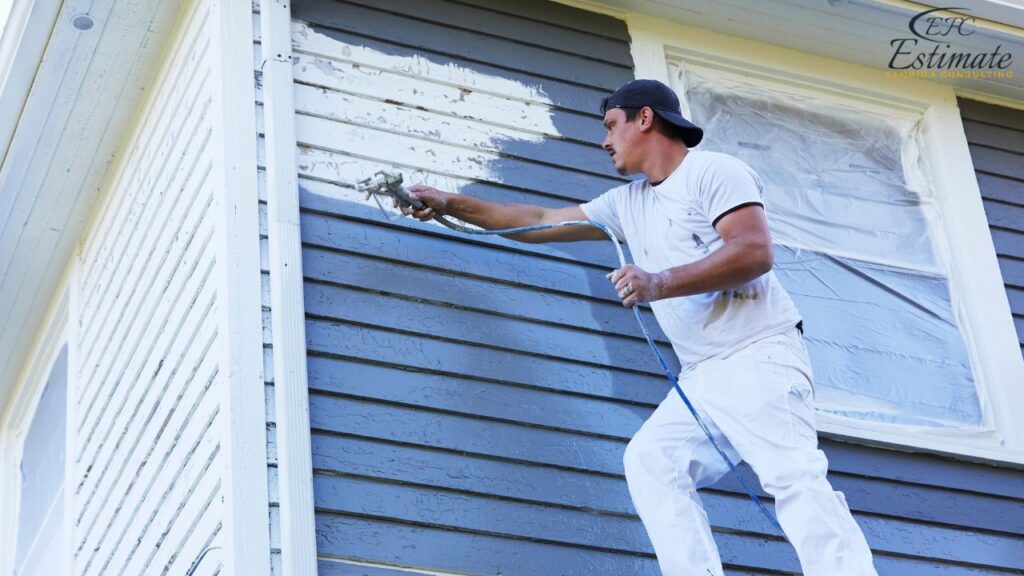
By outsourcing the estimation process to a professional, you save valuable time and effort. Estimators streamline the planning phase, allowing you to focus on other aspects of your home improvement project with confidence. Their meticulous planning and scheduling help minimize disruptions and ensure timely completion, optimizing the overall efficiency of the painting project.
Transparent Quotes
Professional estimators provide clear and transparent quotes that outline the breakdown of costs for materials, labor, preparation work, and any additional services required. This transparency helps you make informed decisions and avoid surprises during the project. Clear communication throughout the estimation process ensures that all your questions are answered, and any concerns are addressed proactively.
How to Get Started with a Residential Painting Estimator Initial Consultation?
Begin by contacting a reputable residential painting estimator to schedule an initial consultation. This meeting allows you to discuss your project goals, timelines, and any specific requirements or concerns you may have. It’s an opportunity to communicate your preferences regarding paint colors, finishes, and any special considerations for your home.
On-Site Assessment
The estimator will visit your home to conduct a detailed assessment of the project scope. They will measure all surfaces to be painted, evaluate their condition, and identify any necessary repairs or preparations. This on-site evaluation ensures accuracy in estimating material quantities, labor requirements, and potential challenges that may affect the project timeline.
Detailed Estimate Presentation
Based on the assessment, the estimator will provide you with a comprehensive estimate that includes a breakdown of costs for labor, materials, preparation work, and any additional services. They will also discuss the timeline for the project and answer any questions you may have regarding the painting process or product options.
Planning and Preparation
With the estimate in hand, you can plan your budget and schedule for the painting project accordingly. The estimator can offer guidance on choosing paint colors, finishes, and other considerations to ensure the best possible outcome. They may also provide recommendations for optimizing the longevity and durability of the paint job based on your home’s specific characteristics and environmental factors.
Execution and Completion
Once you approve the estimate and finalize the details, professional painters will begin the work according to the agreed-upon schedule. Throughout the project, expect ongoing communication and attention to detail to achieve the desired results efficiently. The estimator may oversee the initial phases of the project to ensure that preparations are carried out as planned and that the painting process adheres to quality standards.
How Much Residential Painting Cost?
The cost of residential painting can vary widely depending on several factors, including the size of the home, the complexity of the project, the quality of materials used, and the geographical location. On average, homeowners can expect to pay between $3 to $10 per square foot for interior painting and between $2.50 to $6 per square foot for exterior painting.
For a more detailed breakdown:
Download Template For Painting Project Breakdown
- Materials list updated to the zip code
- Fast delivery
- Data base of general contractors and sub-contractors
- Local estimators
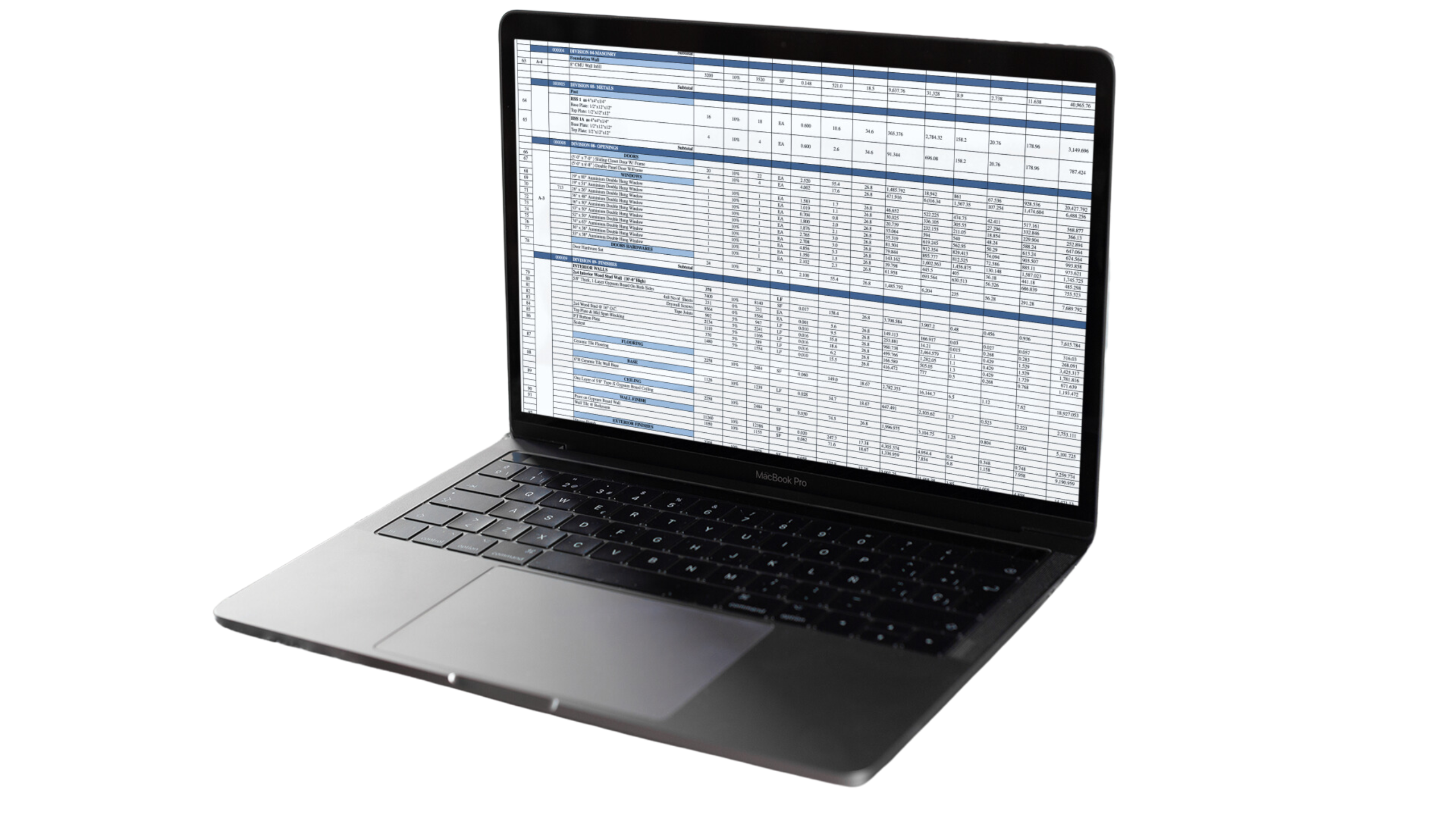
Interior Painting Costs
Quality of Paint | Cost per Square Foot |
Basic Quality | $3 – $4 |
Mid-Range Quality | $4 – $6 |
High-Quality | $6 – $7 |
Additional Costs | Trim painting, wall repairs, or specialty finishes |
Exterior Painting Costs
Quality of Paint | Cost per Square Foot |
Basic Quality | $3 – $4 |
Mid-Range Quality | $4 – $6 |
High-Quality | $6 – $7 |
Additional Costs | Trim painting, wall repairs, or specialty finishes |
Cost to Paint Interior by Room
The cost of painting the interior of a house varies depending on the type of room and any obstacles that painters need to work around, such as appliances and fixtures. The total cost is also influenced by the room’s square footage. Below is a breakdown of the average cost to paint different rooms:
Room | Increased Cost Range |
Bedroom | $360 – $900 |
Living room | $1,080 – $2,400 |
Bathroom | $180 – $420 |
Kitchen | $600 – $3,900 |
Dining room | $810 – $1,890 |
Stairways | $960 – $1,500 |
Hallways | $360 – $1,200 |
Bedroom
The cost of painting a bedroom depends on several factors, including its square footage, the complexity of trim details, and the height of the ceilings. Larger primary bedrooms with more wall space will naturally cost more to paint compared to smaller bedrooms. A typical budget for painting a bedroom ranges between $360 and $900 per room. Costs can vary based on whether the room requires extensive prep work, the quality of paint chosen, and any additional decorative elements like accent walls.
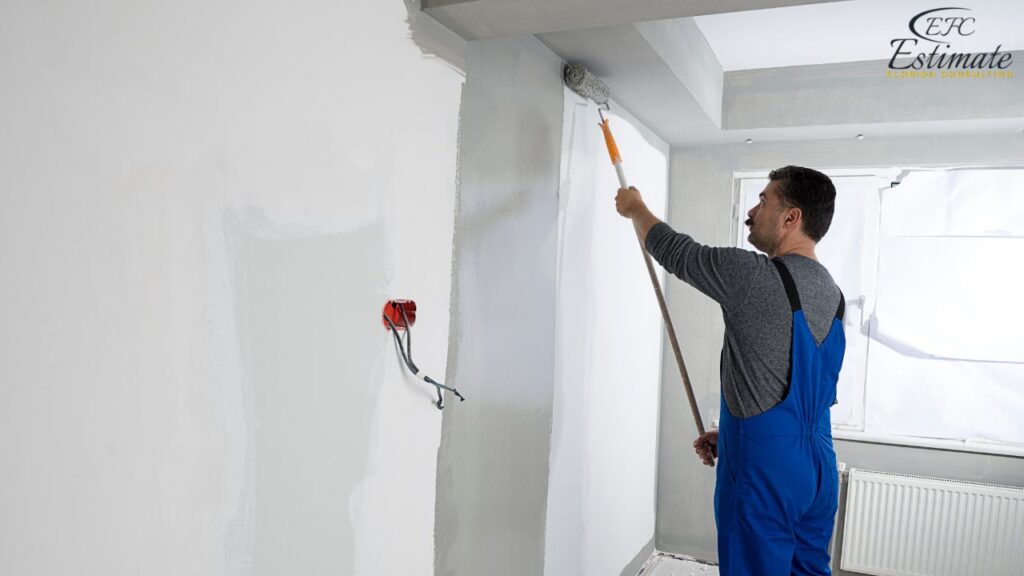
Living Room
Estimating the cost to paint a living room involves considering several factors such as ceiling height, the total square footage of walls to be painted, and whether there are any accent walls or intricate details that require special attention. Homeowners typically budget between $1,080 and $2,400 for painting a living room professionally. This estimate accounts for the labor involved in moving furniture, protecting floors, and applying multiple coats of paint as needed. Higher costs may also reflect the use of premium paints or specialized finishes.
Kitchen
Painting a kitchen involves unique considerations due to the presence of cabinets, appliances, and often extensive tile backsplashes. The cost of painting a kitchen can range from $360 to $900 for the walls alone. If you plan to paint the cabinets as well, budget an additional $240 to $3,000 depending on their size and condition. The total cost for painting a kitchen typically falls between $600 and $3,900. Factors influencing costs include the amount of surface area to be painted, the complexity of the layout, and whether any repairs or priming are necessary before painting.
Dining Room
A dining room, averaging about 225 square feet in size, requires painting of the walls, ceiling, and trim. Costs for painting a dining room generally range from $810 to $1,890. The variation in cost depends on factors such as the complexity of the trim work, the height of the ceiling, and the type of paint chosen. Additional costs may apply if there are special features like chair rails or decorative molding that require extra attention.
Bathrooms
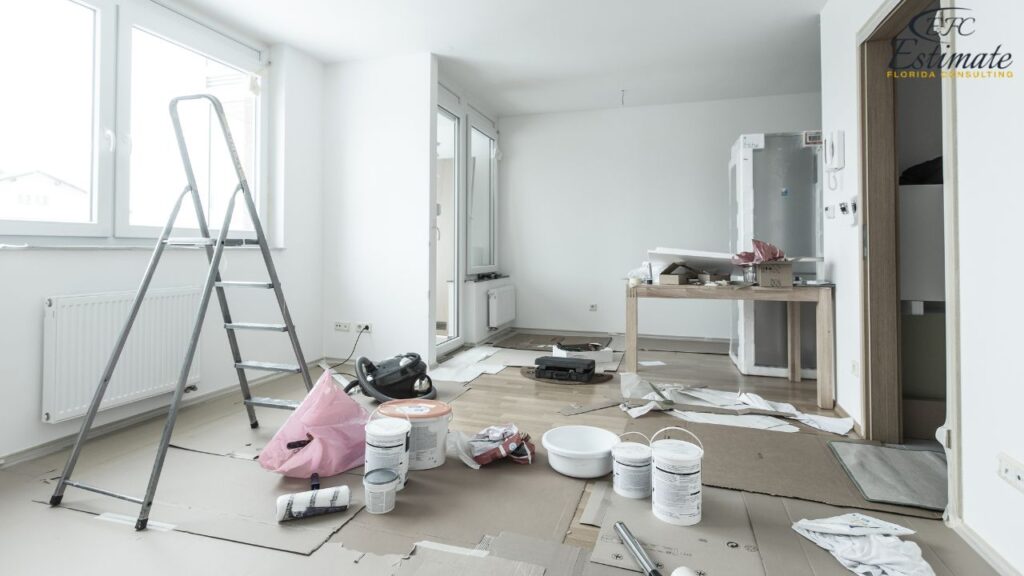
Bathrooms are among the smallest rooms in a home, typically requiring less paint and labor compared to larger spaces. The cost to paint a bathroom ranges from $180 to $420 on average. Factors influencing the cost include the size of the bathroom, the number of fixtures and obstacles to work around (like showers, tubs, and vanities), and the condition of the walls. Half baths tend to be even more affordable to paint due to their compact size and fewer surfaces to cover.
Other Spaces
Hallways and entryways vary widely in size and shape, influencing the cost of painting. Costs typically range from $360 to $1,200 depending on factors such as the length of the hallway, the height of ceilings, and whether there are multiple levels or architectural details like alcoves or niches that require extra attention. Entryways often involve painting doors, trim, and baseboards in addition to the walls, which can contribute to higher costs.
Factors That Affect the Cost of Interior Painting
The cost of painting the interior of a home can vary significantly based on several key factors that homeowners should consider:
House Size
The size of your home is a primary determinant of painting costs. Larger homes naturally require more paint and more labor. Additionally, if your home has multiple levels, expect additional charges to cover the logistics of transporting materials between floors. This can increase labor fees due to the added complexity of accessing different areas of the house.
Type of Paint
The type and quality of paint you choose will impact the overall cost. Glossy paints tend to be more expensive than matte or satin finishes. Basic paints with synthetic pigments typically range from $24 to $36 per gallon, whereas premium, designer paints with natural pigments can cost up to $120 per gallon. The choice of paint not only affects the aesthetic and durability but also influences the cost of materials needed for the project.
Materials Needed
In addition to paint, various materials and equipment are required for a painting job. These include brushes, drop cloths, paint pans, rollers, painter’s tape, and more. These supplies are typically included in the painter’s quote, but you may have the option to purchase them separately if you find them at a lower cost. Discussing this with your painter can potentially save you some money on the overall project.
Labor
Labor costs are a significant part of painting expenses. While painters usually provide a total project cost rather than an hourly rate, labor costs generally range between $24 and $60 per hour. Some painters may also charge based on square footage or per wall. Factors such as the intricacy of the job, surface preparation, and the number of coats required will influence labor costs.
Moving Furniture
If furniture needs to be moved to facilitate painting, it can add to the labor costs. Homeowners can save on these costs by moving furniture themselves before the painters arrive. Otherwise, painters will factor in the additional time and effort required to move and protect furniture, which can impact the overall project cost.
Get 5 New Leads Next 7Days With Our System
- Multi-Family Building
- Hotel Building
- Hospital Building
- Warehouse Building
- High-Rise Building
- Shopping Complex
Wall Repairs
Before painting, your painter may recommend repairs for walls that have damage such as dents, scratches, or water stains. Addressing these issues ensures a smoother application of paint and a better overall finish. While wall repairs will increase the project cost, it’s often more cost-effective to fix these issues before painting rather than after.
Geographic Location
Labor costs for painting can vary based on where you live. Urban and coastal areas generally have higher costs of living, which can translate to higher hourly rates or square footage charges from painters. Suburban and rural areas typically have lower labor rates, but if your home is in a remote location that’s far from the painter’s base, expect additional costs, especially for multi-day projects that require lodging or travel expenses.
Conclusion
Hiring a residential painting estimator isn’t just about planning for a fresh look; it’s about making a sound investment in your home’s longevity and appeal. By meticulously evaluating key factors such as surface area, paint type, necessary preparations, labor costs, and materials, these professionals provide invaluable insights to help you budget effectively. Their expertise ensures that every aspect of your painting project is carefully considered, from initial assessment to final finish. With transparent cost breakdowns and tailored recommendations, you gain peace of mind knowing your project is in capable hands. Whether it’s enhancing aesthetics or ensuring durability, leveraging the services of a residential painting estimator sets the stage for a successful and satisfying home transformation.
FAQs
Estimators specialize in assessing key factors like surface area, paint types, surface preparation, labor costs, and additional materials needed for your painting project. Their expertise ensures accurate cost projections and helps you avoid unexpected expenses, resulting in a well-planned and cost-effective painting endeavor.
Estimators calculate the surface area to be painted, including walls, ceilings, trim, and other details. They also consider the best paint types for durability and aesthetic appeal, recommend necessary surface preparations, assess labor costs based on project complexity, and include all required materials in their detailed cost breakdowns.
They offer comprehensive assessments tailored to your home’s specific needs, ensuring thorough planning and cost efficiency. With their industry expertise, they provide recommendations on paint products, finishes, and application techniques that enhance both the visual appeal and longevity of your home’s paint job.
Estimators provide transparent quotes detailing costs for labor, materials, preparation work, and any additional services required. This transparency allows homeowners to make informed decisions and eliminates surprises during the project. Clear communication throughout ensures all questions are addressed proactively.
Begin by scheduling an initial consultation with a reputable estimator. During this meeting, discuss your project goals, timelines, and specific requirements. The estimator will conduct an on-site assessment to evaluate the scope of work, provide a detailed estimate, and assist in planning for optimal paint colors and finishes based on your preferences and home characteristics.
Several factors impact painting costs, including house size, type of paint chosen (basic to premium options), necessary materials beyond paint (e.g., brushes, tape), labor rates, furniture movement requirements, wall repairs, and geographic location. Larger homes, complex projects, and urban areas typically incur higher costs due to increased material and labor demands.
While most estimates include all necessary materials, homeowners may discuss purchasing some supplies separately to potentially reduce overall project costs. It’s advisable to consult with the estimator to ensure compatibility and quality of independently sourced materials.
Labor costs vary regionally; urban and coastal areas generally have higher costs due to higher living expenses and demand. Conversely, suburban and rural areas typically offer lower labor rates. Additionally, projects in remote locations may incur additional expenses for travel or accommodations for the painting crew.
Once you approve the estimate, professional painters will commence work according to the agreed schedule. Expect ongoing communication and attention to detail throughout the project. The estimator may oversee initial phases to ensure preparations are executed correctly and that painting meets quality standards for a satisfactory finish.
Follow the recommendations of your residential painting estimator regarding paint quality, surface preparation, and application techniques. Proper maintenance and periodic inspections can also extend the lifespan of your home’s freshly painted surfaces, preserving both aesthetic appeal and property value over time.
Google Reviews

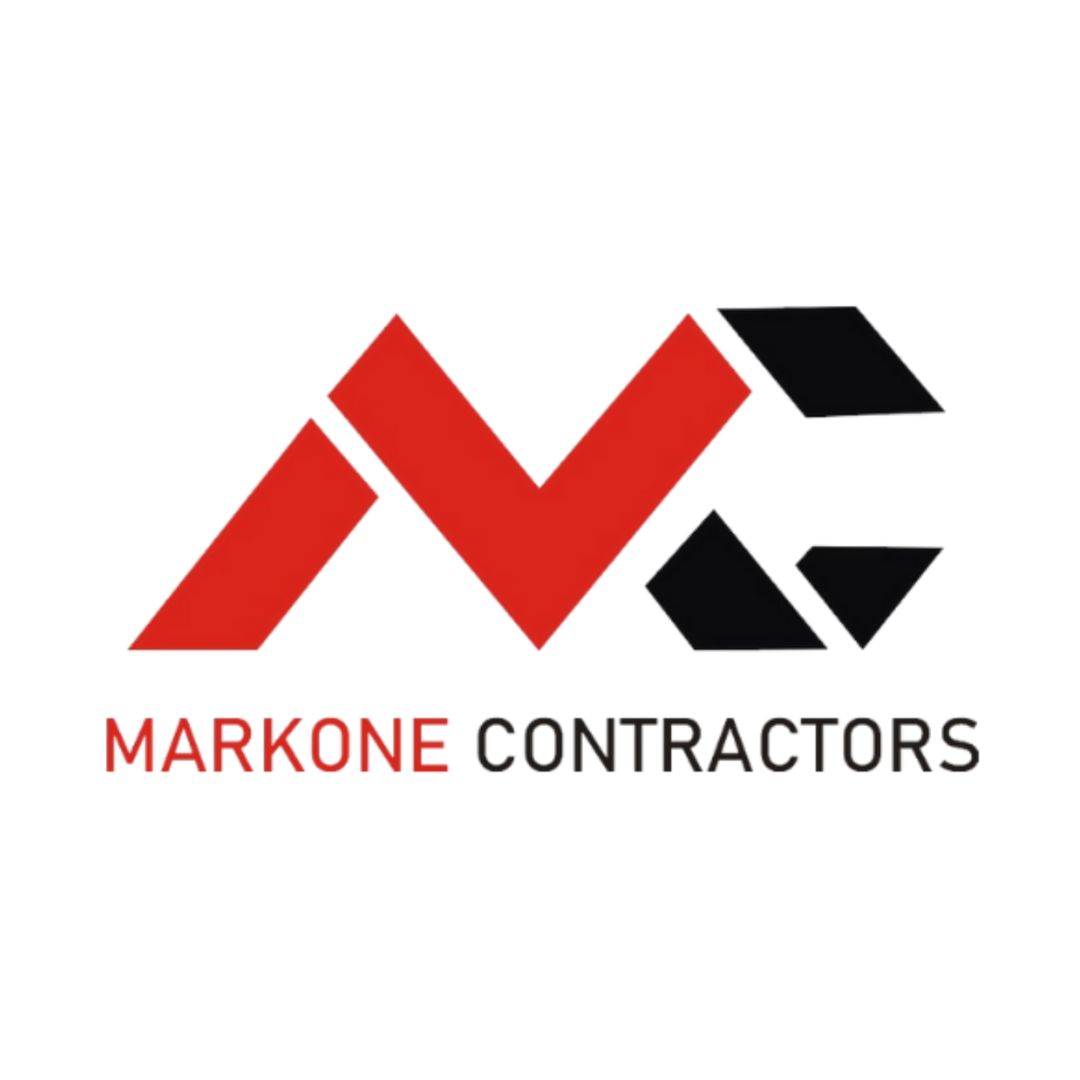

Process To Get Painting Cost Estimate Report
Here I am going to share some steps to get painting cost estimate report.
-
You need to send your plan to us.
You can send us your plan on info@estimatorflorida.com
-
You receive a quote for your project.
Before starting your project, we send you a quote for your service. That quote will have detailed information about your project. Here you will get information about the size, difficulty, complexity and bid date when determining pricing.
-
Get Estimate Report
Our team will takeoff and estimate your project. When we deliver you’ll receive a PDF and an Excel file of your estimate. We can also offer construction lead generation services for the jobs you’d like to pursue further.

